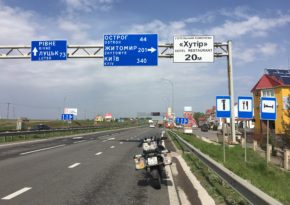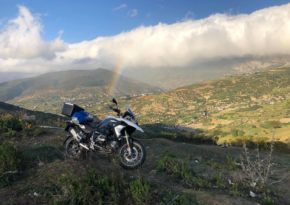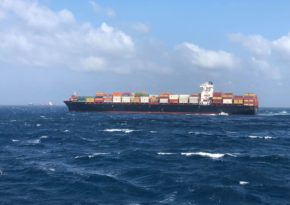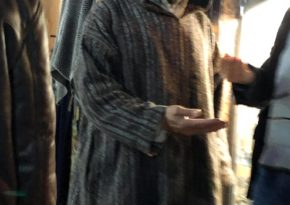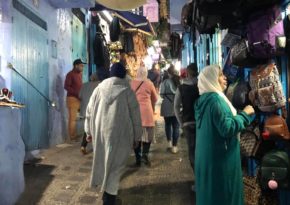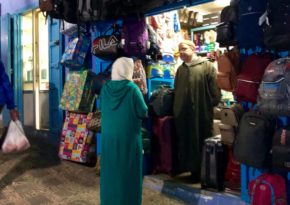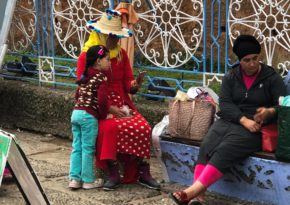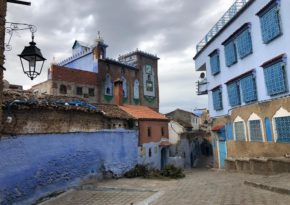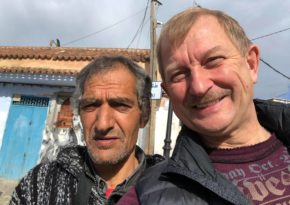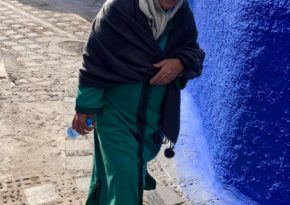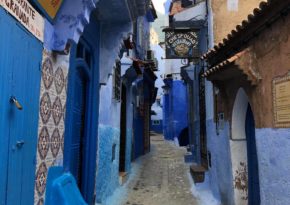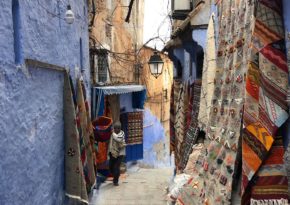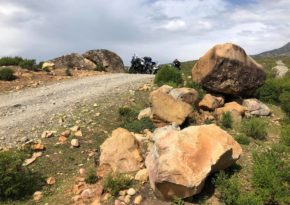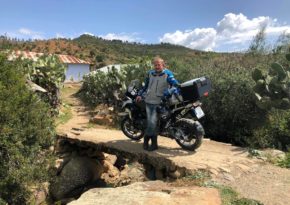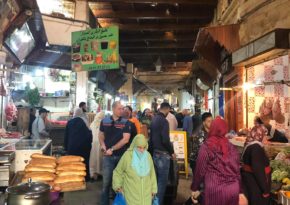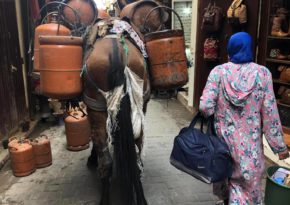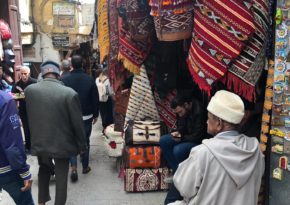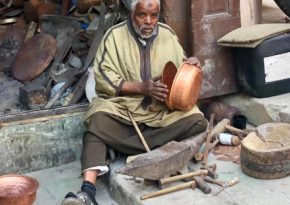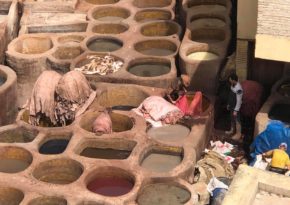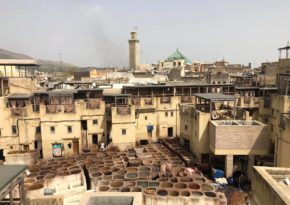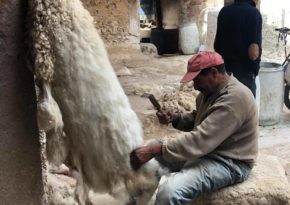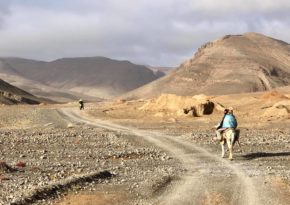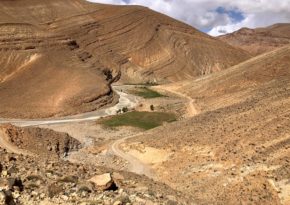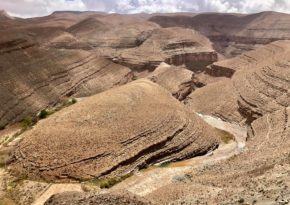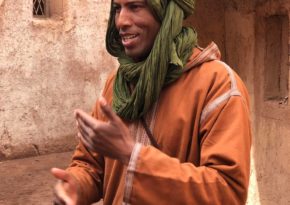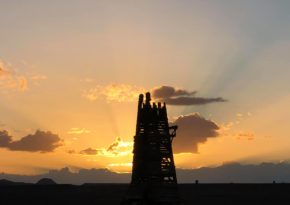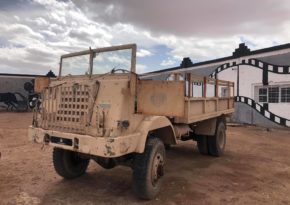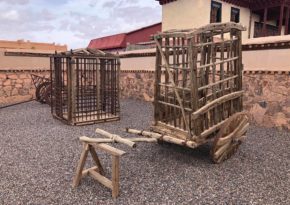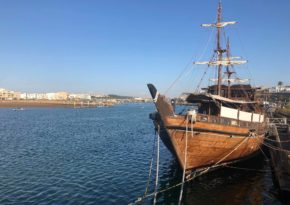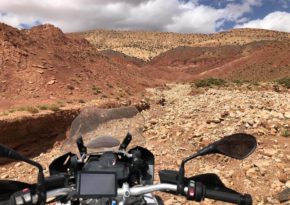Africa. Morocco. A motorbike journey, 2019
There were only several passenger cars, a couple of trucks and our motorbikes tightly tied to the iron floor of a half-empty ferry, which was slowly moving from Europe to Africa. It was floating on the waves and its powerful diesels were growling.

It took us 1.5 h and cost €65 per person to cross the distance from one continent to another. Then the short customs procedure followed, which included filling in a standard immigration form and getting a stamp in the passport. Everything was done right on the ferry board.
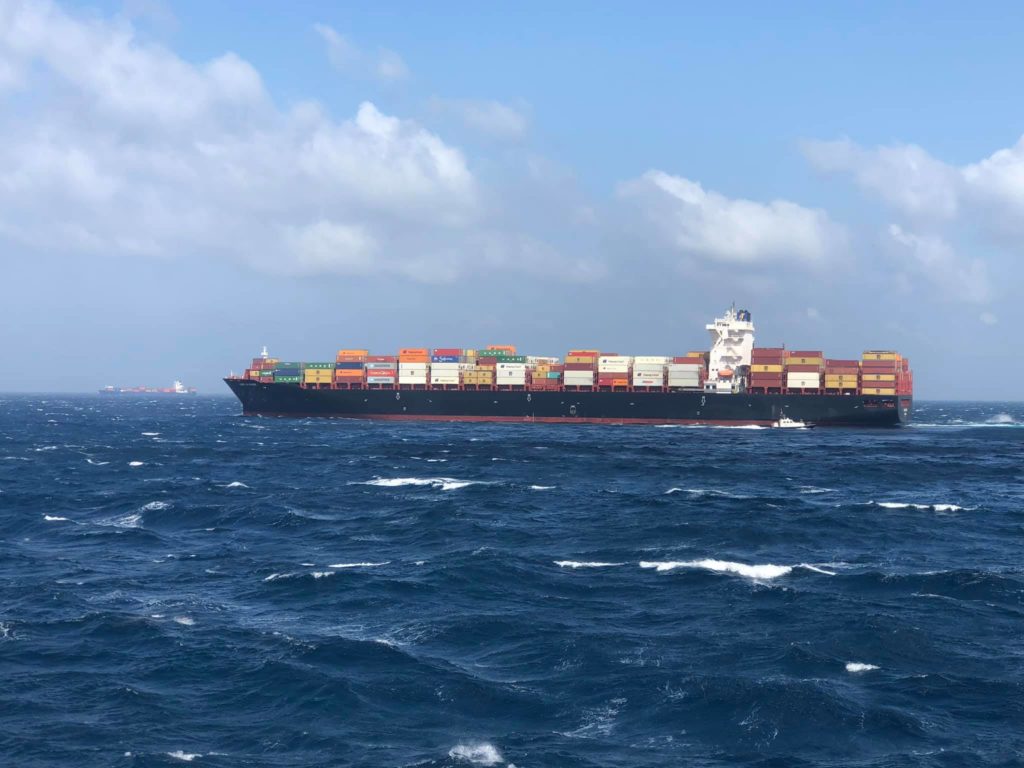
And now we are already racing to the centre of Morocco along the winding highway. The temperature is rather cool: it's about +15°C only and a very strong wind is blowing (it seems that it can throw us with our motorbikes off the road with its mighty gusts). So in order to stay on the road, you have to ride at a large angle of inclination, tilting your motorbike to the opposite side.
By the evening we arrived in a brilliant city with a strange unpronounceable name Chefchaouen. It is notable for its ancient architecture and the fact that most of the houses in it are painted blue. That's why it is also called the "Blue City''.
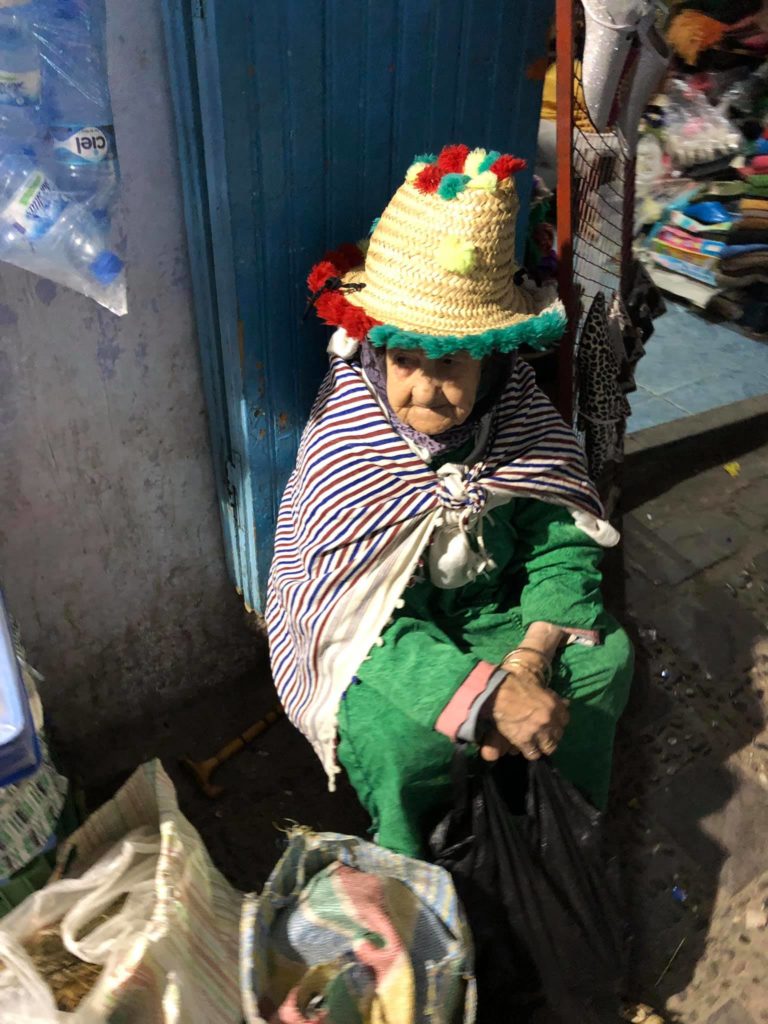
We finished the first day of our journey to Morocco by going on an evening walk around the old Medina (which is actually one big bazaar). After that we spent half an hour in a street café, having a cup of fragrant Moroccan tea. It's going to be a long week full of African adventures ahead!
If you go to Morocco, don't forget to make your route across Chefchaouen. That's a unique blue city with an indescribable local flavour.
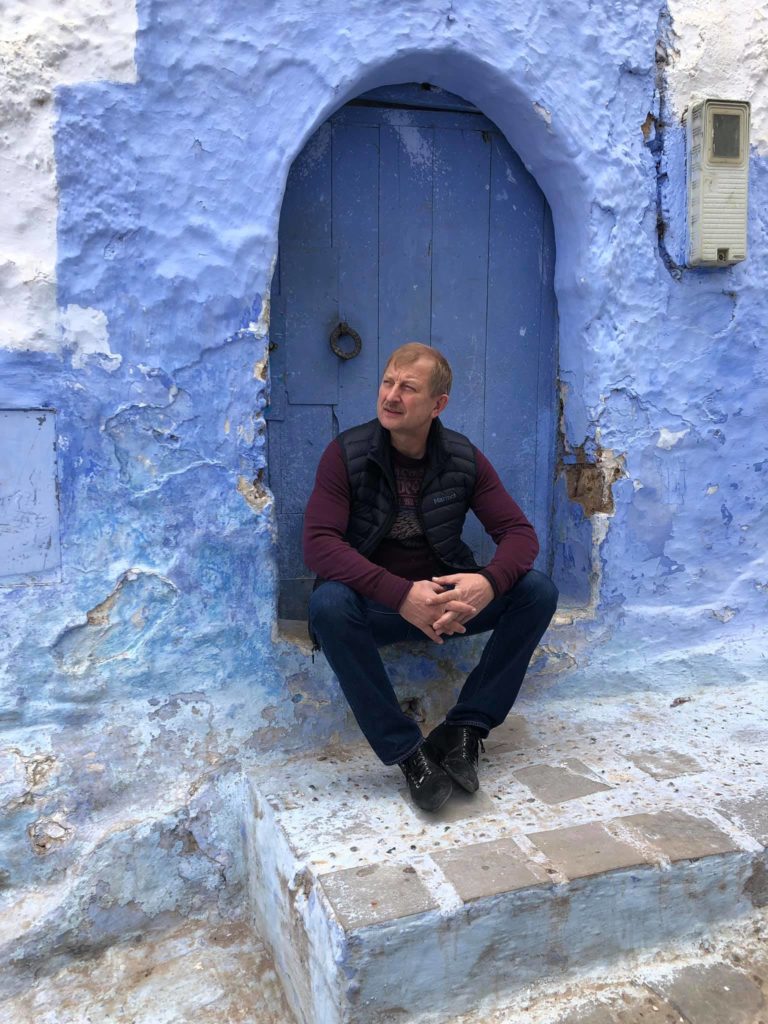
In the morning we decided to walk along the winding narrow streets of Medina (this is a simplified name of the old part of Chefchaouen). It was interesting to watch how the city woke up. Sellers were placing their goods on the stalls, streets were being swept, old men dressed in wrappers were already sitting on the parapets, watching what was happening around, cats on the steps of houses were washing themselves with paws and tourists were still sleeping.
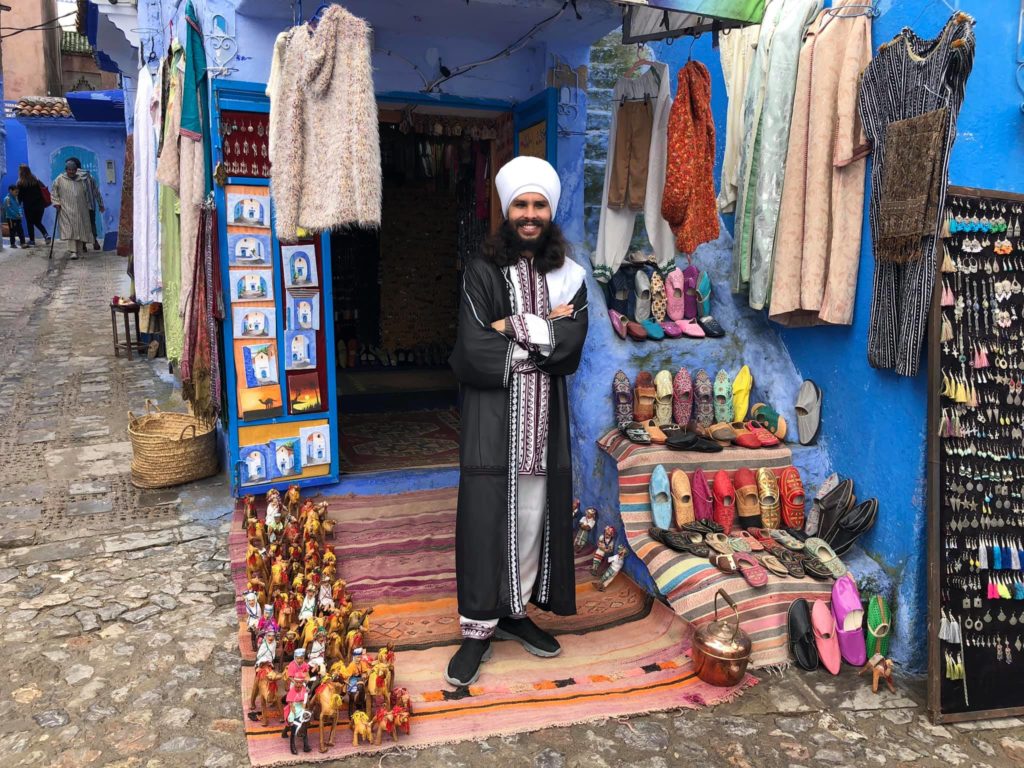
It's the best moment to take enchanting pictures and just enjoy the city.
Now we are moving slowly towards the centre of Morocco.As it isn't captivating enough to ride along the highway and we're not in a hurry, we have decided to turn off the highway onto a country road.

We passed by small villages, which were picturesque but not that tidy. We often came across donkeys carrying various stuff and children, who were cheerfully shouting and waving their hands at us. The nature was beautiful and the weather was fine too: it had warmed up to +23°C. We enjoyed the sun, the blue sky and our mood was great!
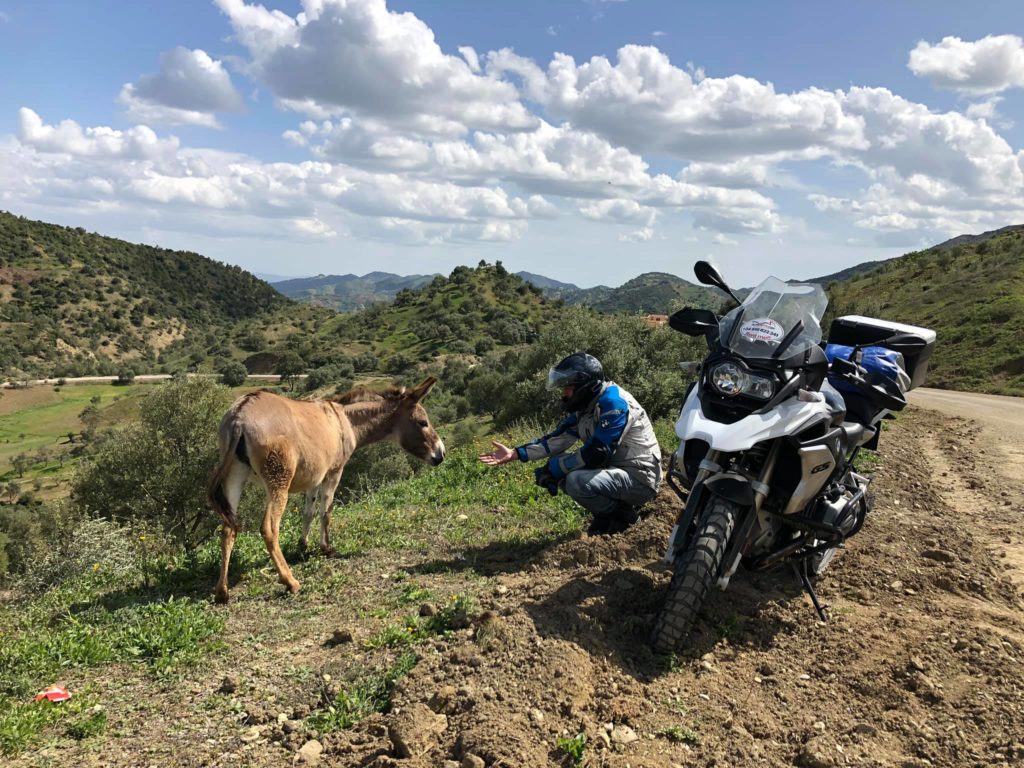
By the evening we reached Fez, the oldest big city in Morocco, which is populated by more than a million people.

It's so easy to get lost in the old town of Fez!
The old part of any Arab city is called "Medina" and it is usually surrounded by a high fortress wall. Medina of Fez looks like a huge intricate labyrinth of narrow streets, passages and dead-end alleys. Also a navigator wouldn't work here because the high walls of the houses do not allow the devices to catch the satellite signal. Therefore, you had better take a guide with you when you go on a trip to the old city of Fez.
We were wandering around the countless districts of Medina for five hours. And hardly there's anything in the world that we didn't see in it. We had the feeling that the whole city was a huge bazaar.
The sellers occupy the ground floors and a part of the streets. You can buy everything there: oriental sweets, leather goods, clothes, dishes, furniture, fruits… Everything is quite fresh (and even alive).
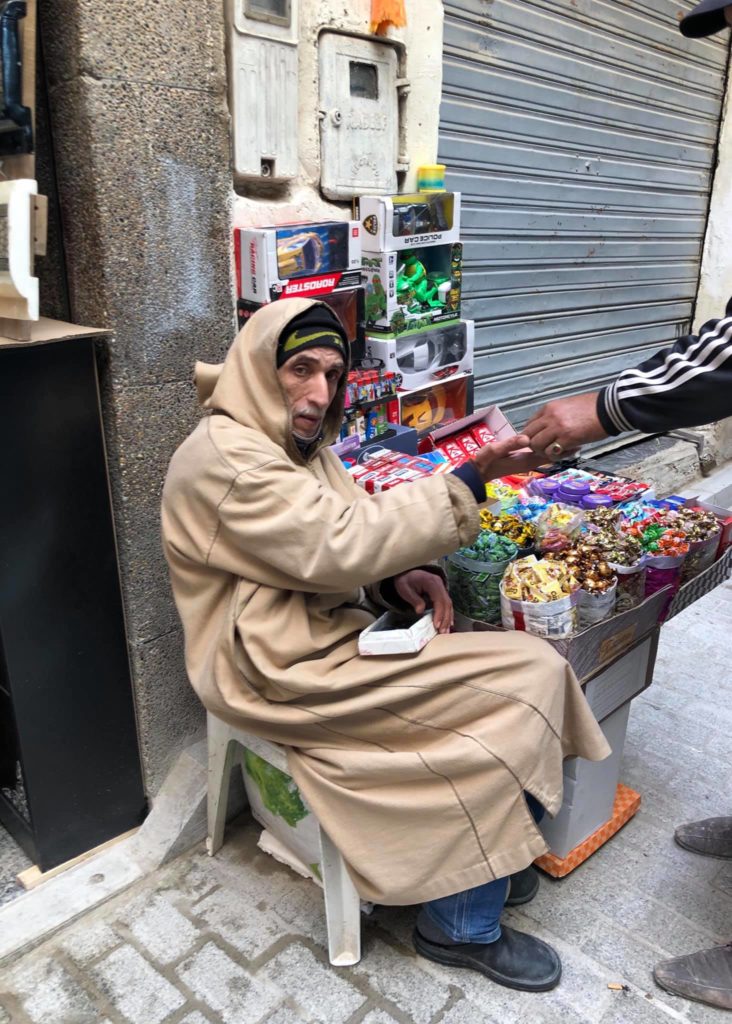
So if you want to buy a chicken, you can choose one, and it will be killed and plucked in front of you at once. When I was passing by the butcher shop I noticed a freshly-skinned camel body hung above the stall. And the head of this poor animal, which might have wandered across the desert the day before, was placed on the wall.
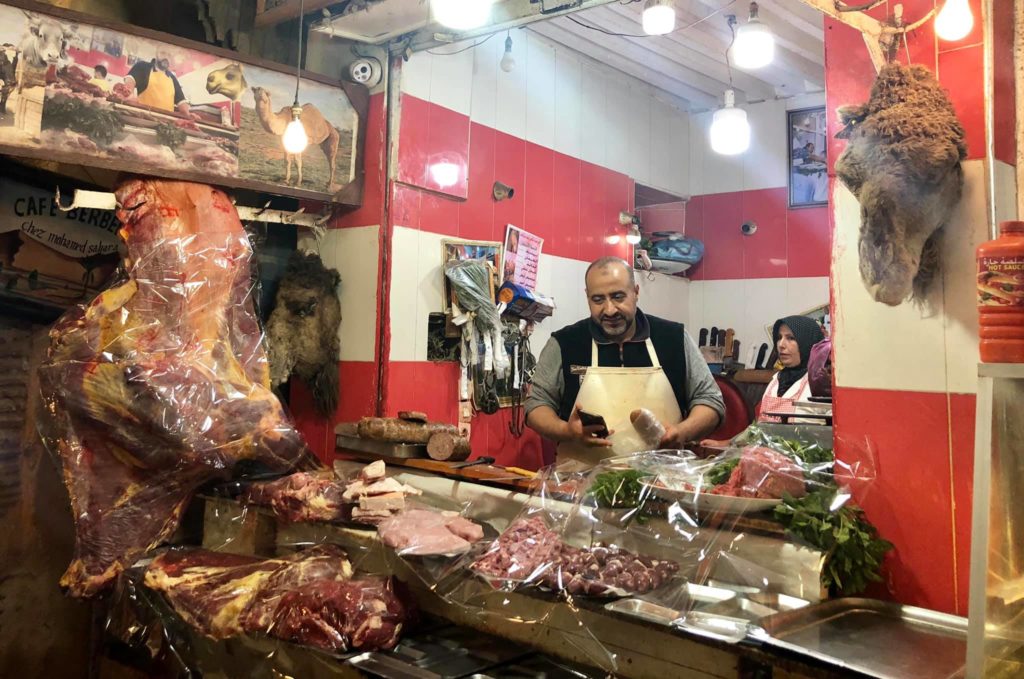
And we're going exactly to the Sahara desert soon.
Not only trade is prospering in the old city of Fez. There are also a lot of small workshops, where a plate or a jug will be made from a piece of clay right before your eyes. The same way an outstanding pattern will be minted on a bronze tray or leather trousers will be sewn for you. And you will have your horse shod as well.
In case you have got it, of course.
To get from the city Fez (which is located in the north of Morocco) to the Sahara Desert you will have to cross the Atlas Mountains.This mountain range stretches for two thousand kilometres from the Atlantic ocean to the Mediterranean coast of Tunisia. The mountains are quite high: the altitude of some peaks is more than 4000 m.
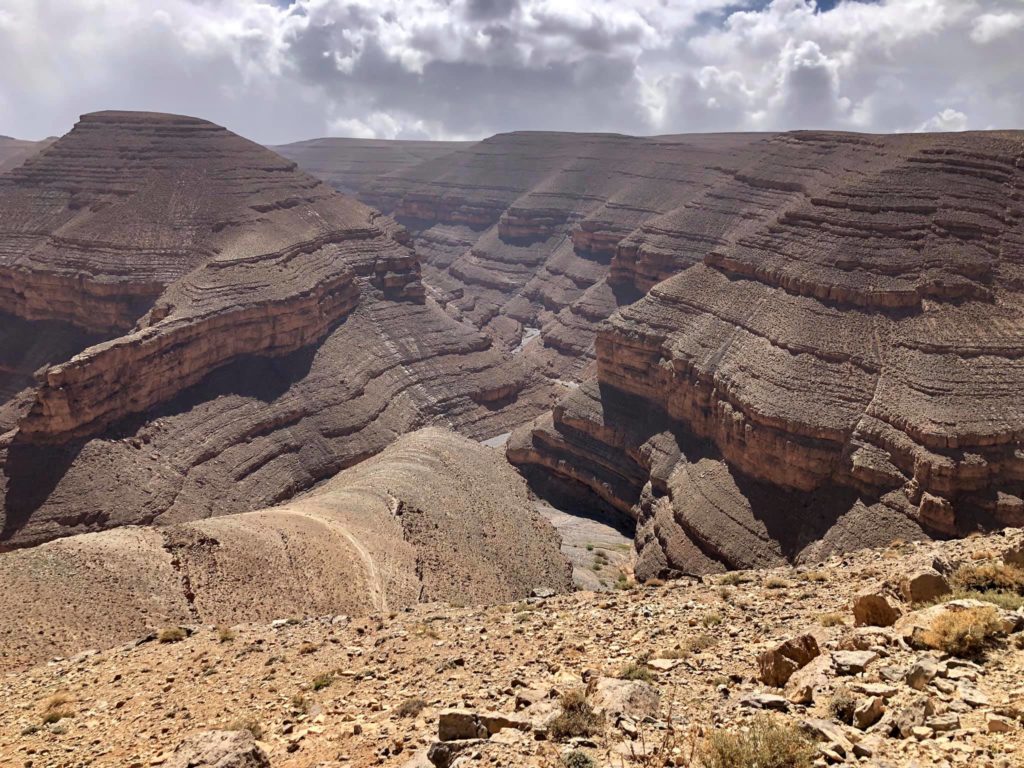
You can skip these five hundred kilometres along a good highway, but it's not so interesting.
As for us, we never look for easy ways, so we decided to take a more difficult route, which turned out to be incredibly exciting!
That was a ground road, which led from the village Agoudal to the range of the High Atlas Mountains and then proceeded to the town Boulmalne Dades along one of the most fantastic canyons in the world, Dades Canyon.
The height of the steep walls of the canyon varies from 200 to 500 metres, but what gorgeous views it offers! That's a pity that photos and videos will not be able to convey all the beauty and scale of everything we have seen!
By the evening we reached Ouarzazate, a small town in the central part of Morocco. It is known for the famous film studio "Atlas Film'', which is located in it. There were more than fifty historical movies, blockbusters and series filmed.
The great decorations of cities and palaces, which were made from styrofoam, occupied the square of 20 hectares there. Among the filmed movies there are "Gladiator", "The Mummy Returns", "Adventures of Ali-Baba and the Forty Thieves", "Troy", "Asterix and Obelix". I think, everyone has admired the acting of the famous actors and the amazing views of ancient squares, streets, Egyptian sphinxes, pyramids and royal residences.
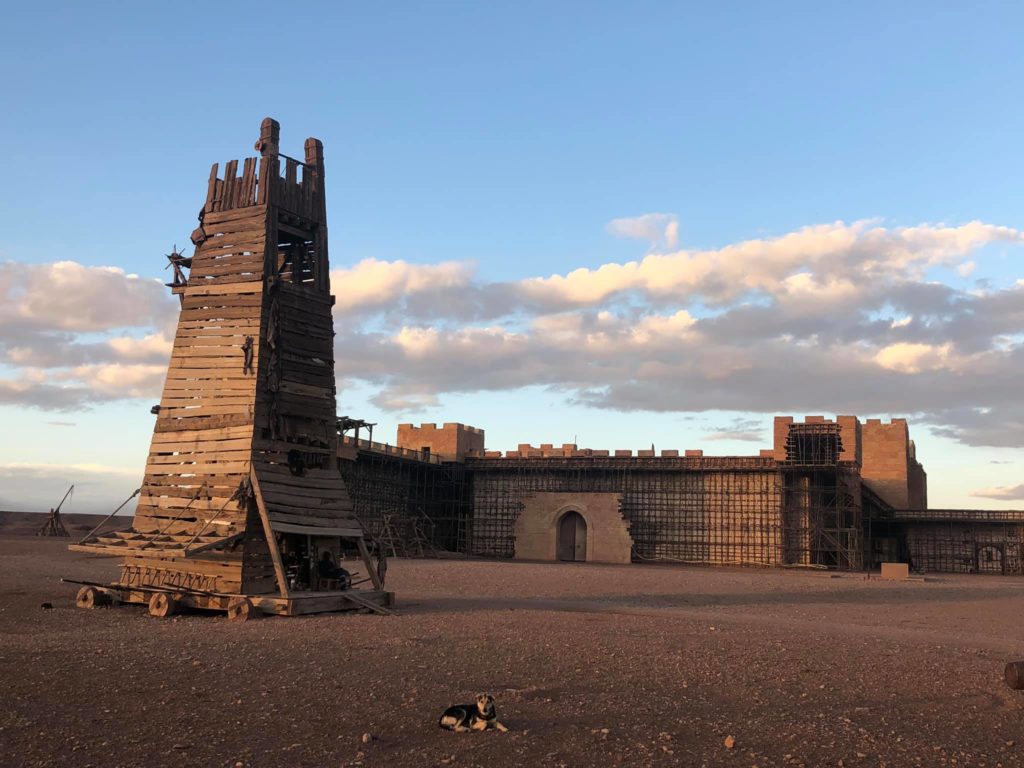
And, of course, none of us has ever thought that all these palaces, temples, entire streets and arenas (on which the character of Russell Crowe in "Gladiator" cut off his rivals' heads with one sword thrust) were made of styrofoam, plastic, slats and other stuff. Indeed, cinema is the greatest deceiver of our time! :)

Every time I visit a new country, I classify it to one of three following categories:
1. The countries where I would like to live in case I was expelled from Russia and banned from returning for some fantastic reason.
2. The countries where I would like to return one more time.
3. The countries that I didn't get interested in, therefore, I see no use coming back there again.
This has been my second journey to Morocco and again I didn't have enough time to fully enjoy its amazing nature and unusual atmosphere of Arab-European life.
I'm leaving Morocco with a feeling as if I had to get out of the table without finishing some delicious lunch and without tasting the dessert. However, it may be seen as a beneficial point as well: I will have a reason and a desire to come back here again.
But I wouldn't like to live in Morocco. All in all, Arab culture and people there drastically differ from us. Well, they are neither worse nor better than anyone else. They are just different.
Fez, Marrakesh and Rabat are big bustling cities where life buzzes like in a hive. You can particularly notice that in the old parts of the cities called Medinas. And the narrow streets (in some places they are so narrow that two donkeys with carts would not depart) are crowded with people.
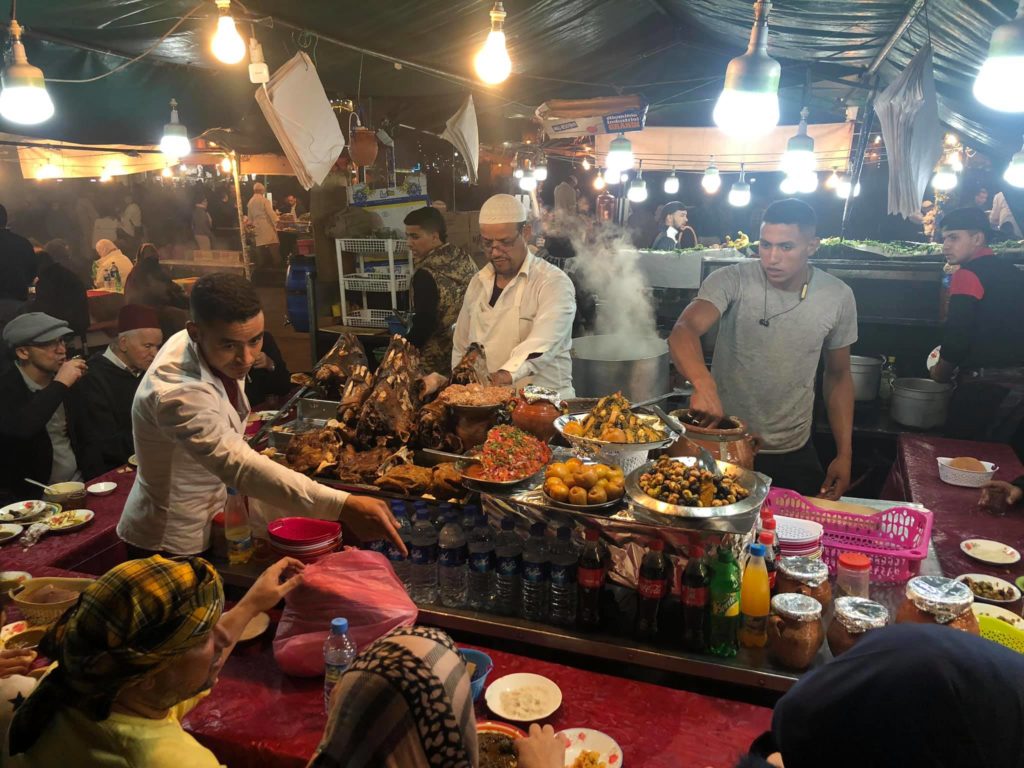
Old beggars sit there in the streets with outstretched hands, asking passers-by for a coin, people scurry back and forth by old-time mopeds, women in faceless and shapeless wrappers buy tortillas 2x1.5 m in size in the shops, children bounce a ball, noisily chattering, and a cat chews on a bone on the stairs. Life goes on as usual, the same way as a hundred or two hundred years ago. The cities aren't that tidy, but there are no unpleasant smells.
It seems that half of the city sells there and the other one buys. And it's very interesting to walk along the market streets or to go, for example, to the main square of Marrakesh, Jemaa el-Fnaa in the evening. There you can completely immerse in the unique local flavour of the Arab city.
Anyway, in Morocco you should enjoy the diverse and incredibly beautiful nature first! The journey across the snow-capped Atlas Mountains, following the Atlantic coast and ending with the vast Sahara Desert will be unforgettable!

 Cap-travel.ru
Cap-travel.ru